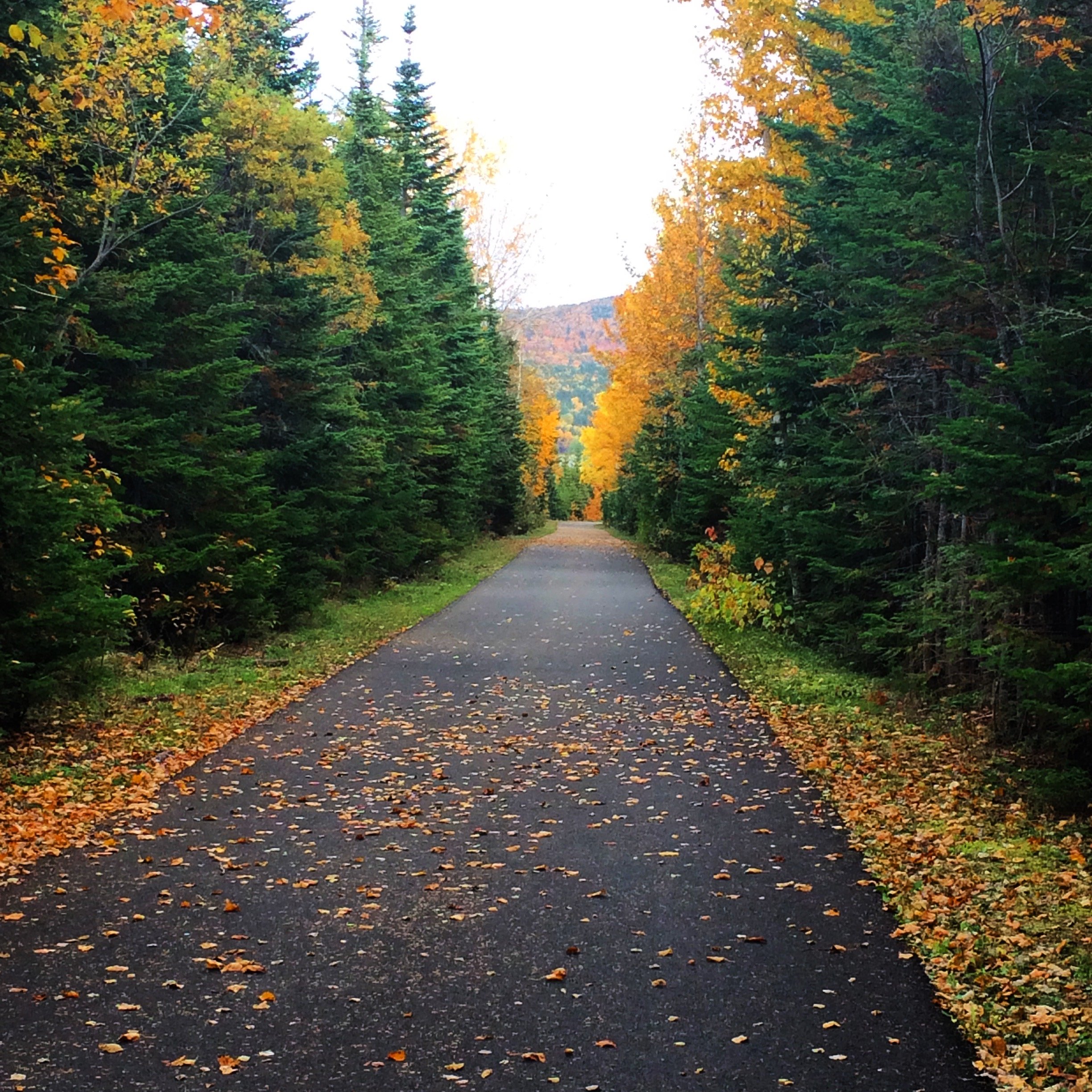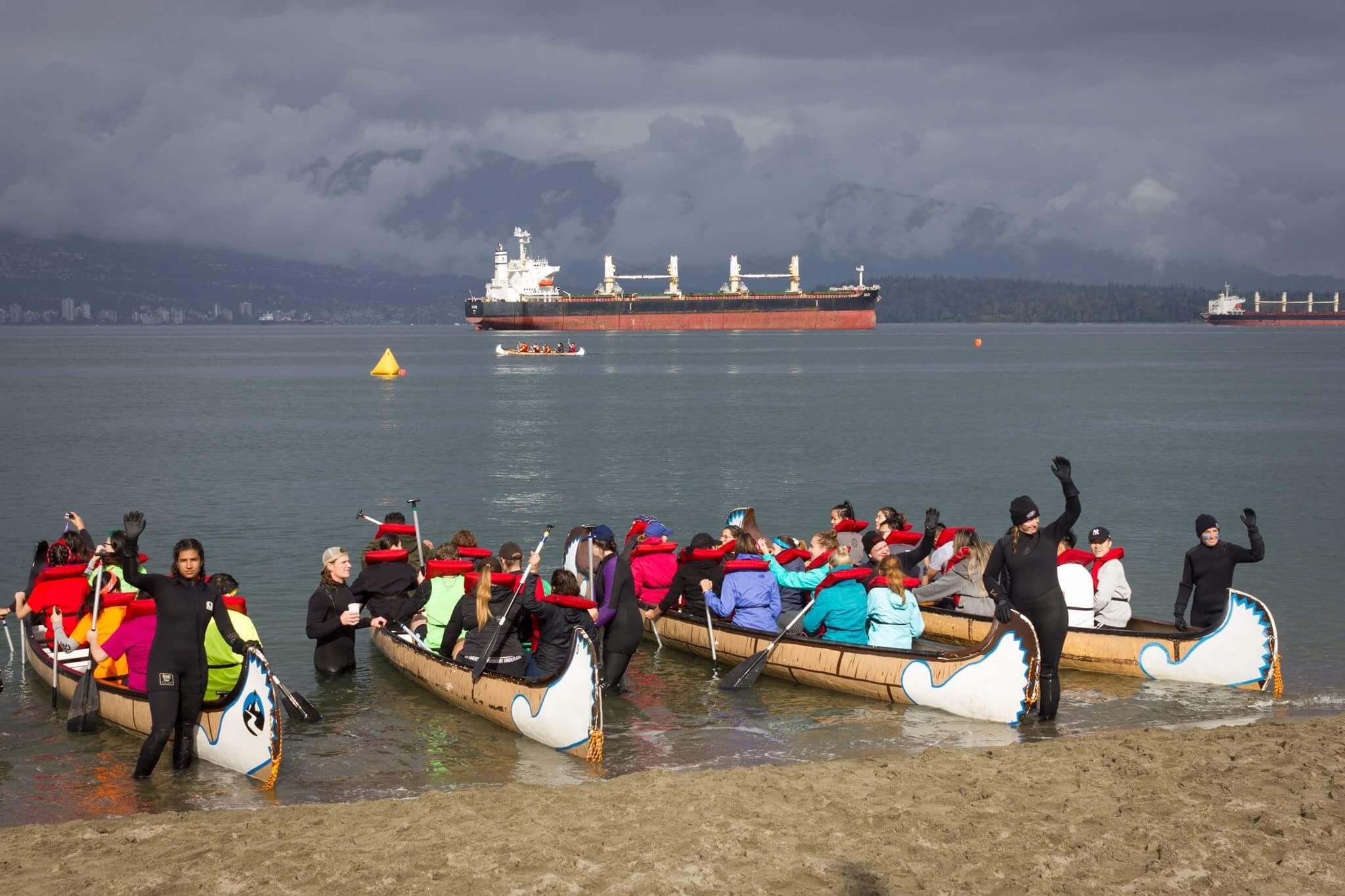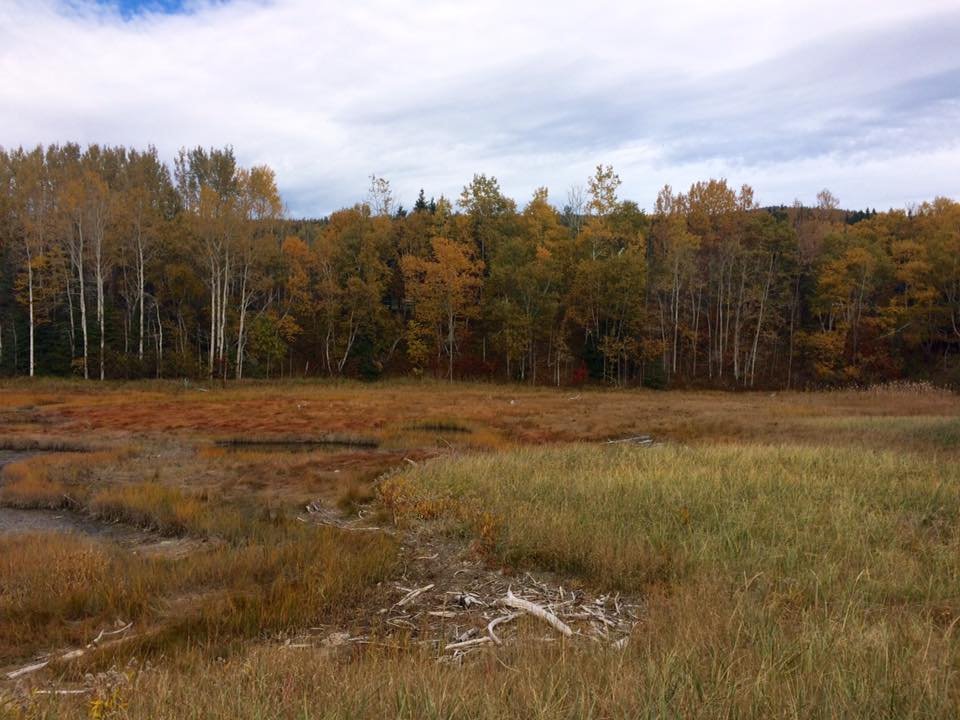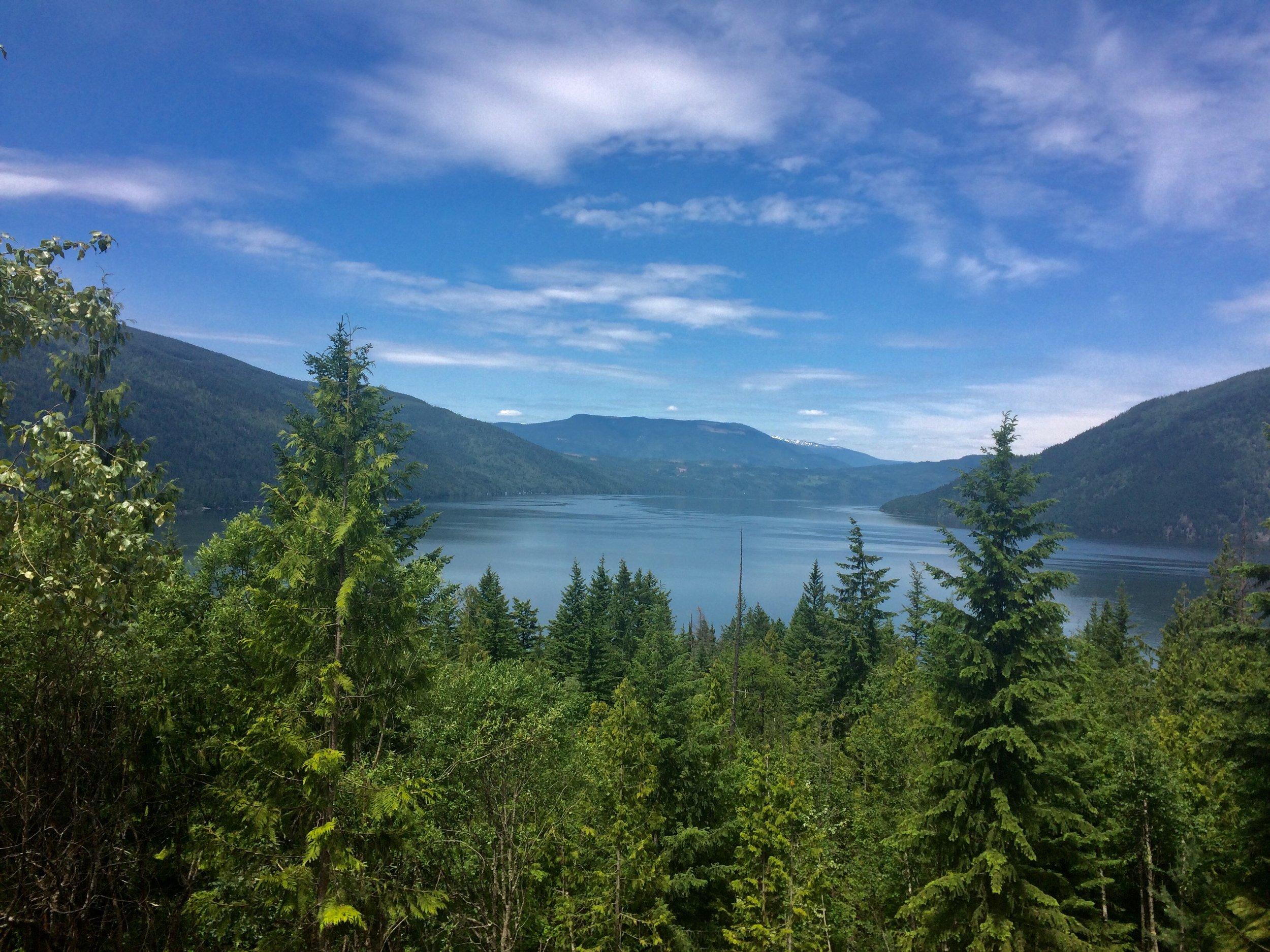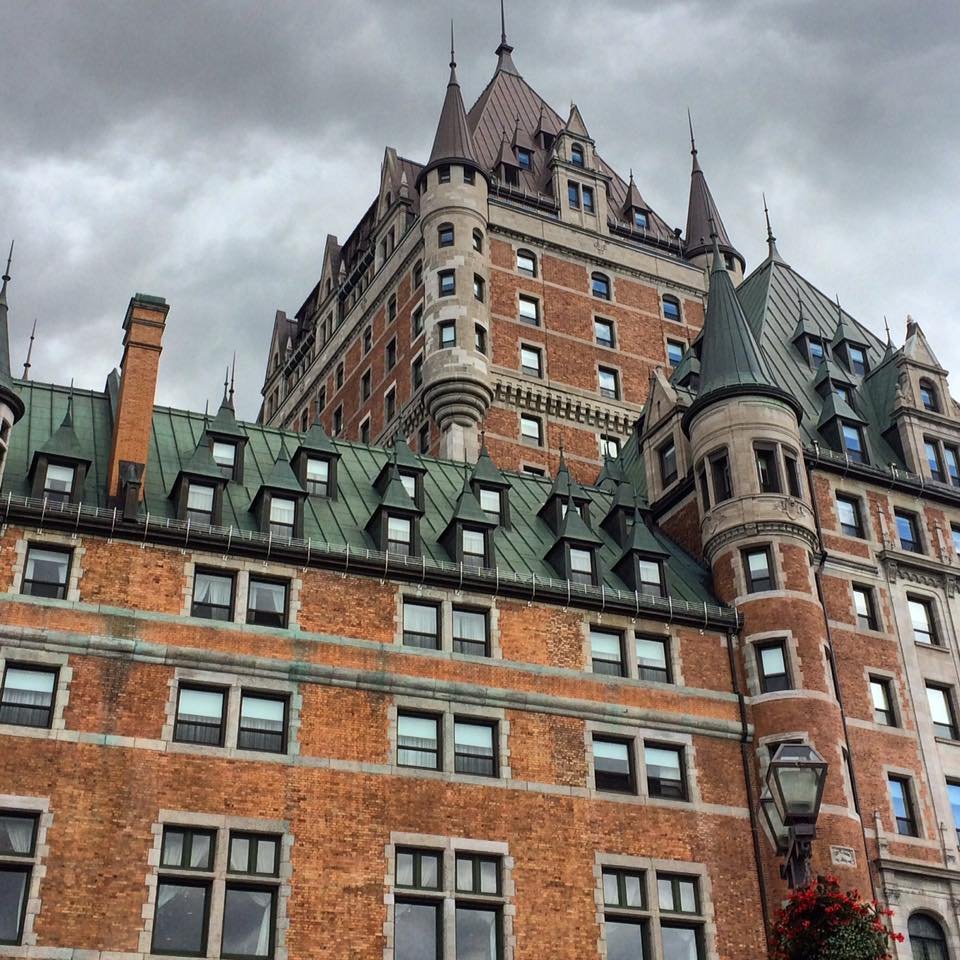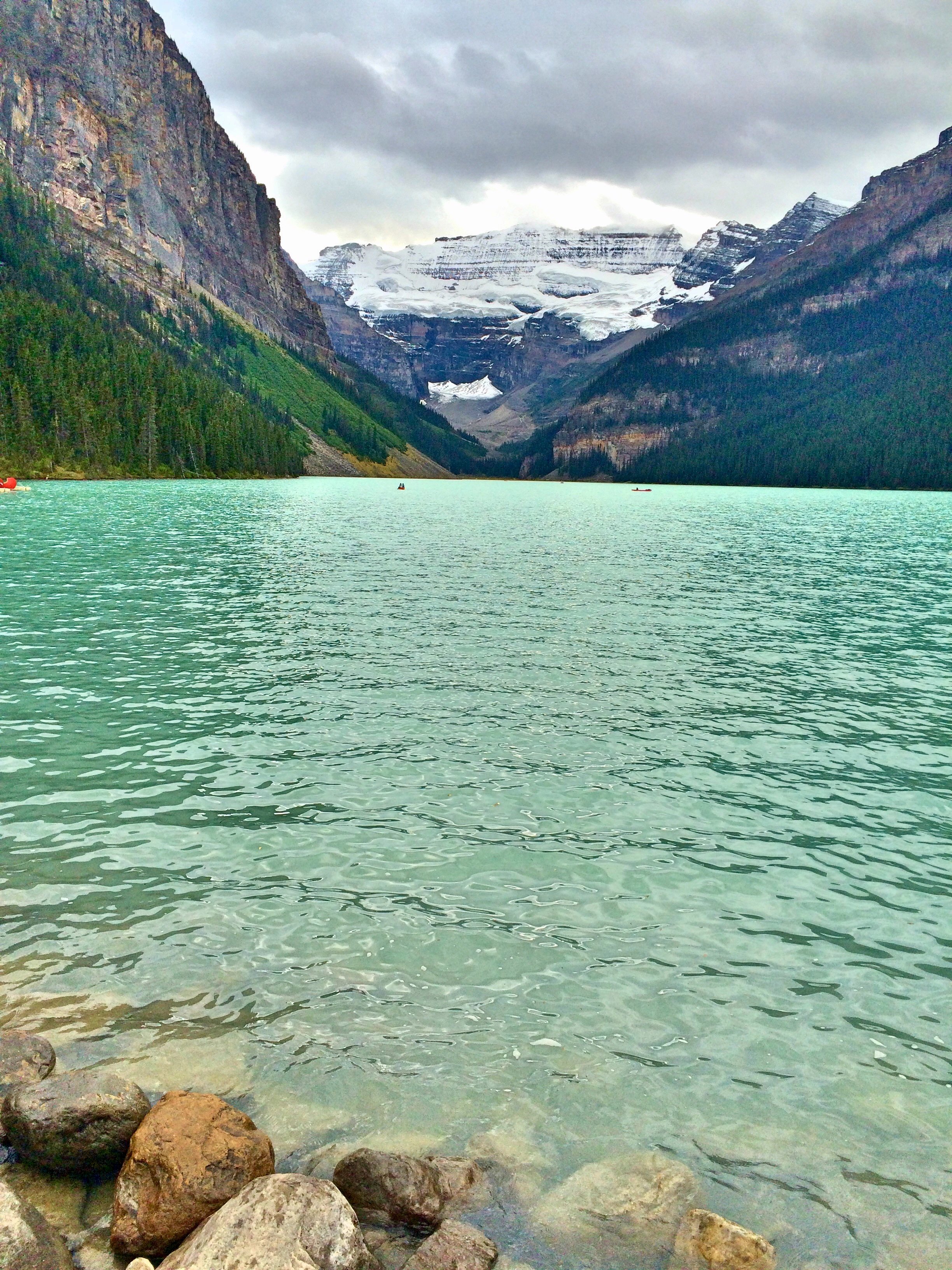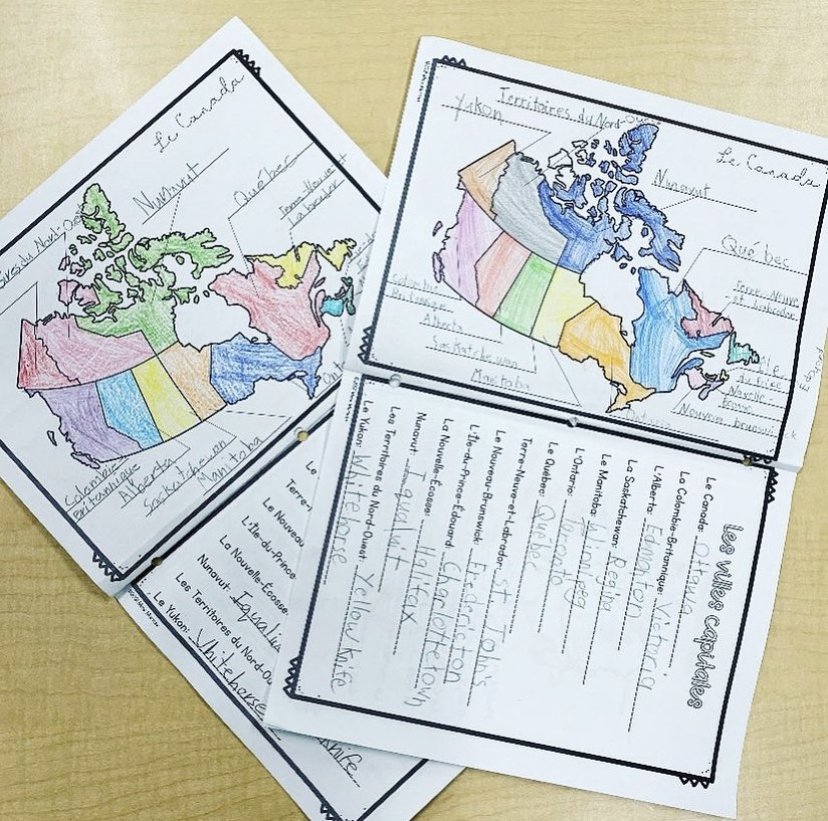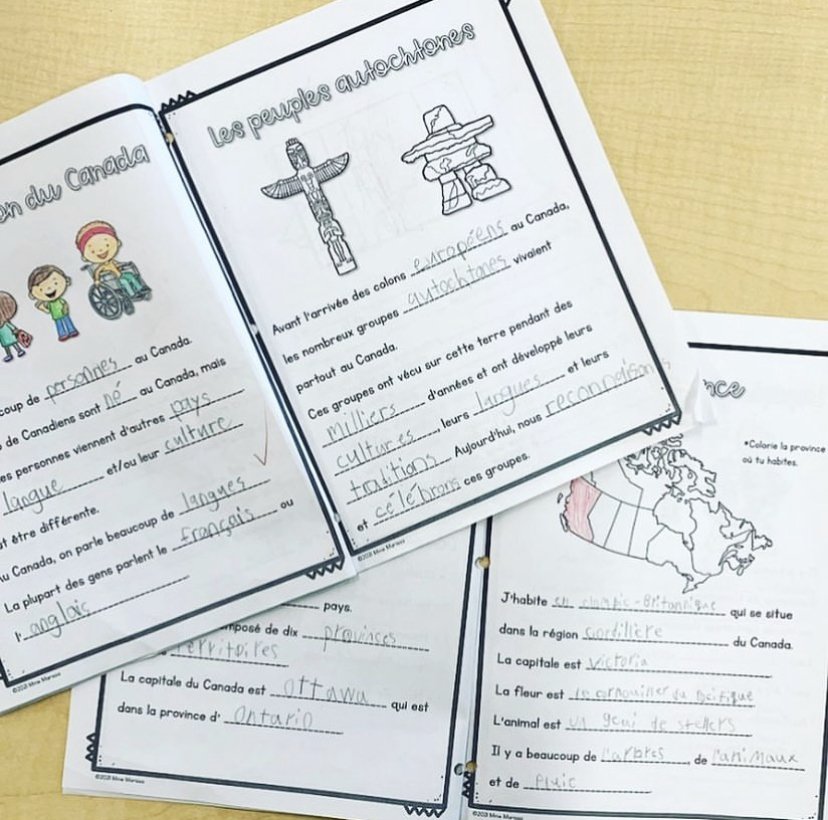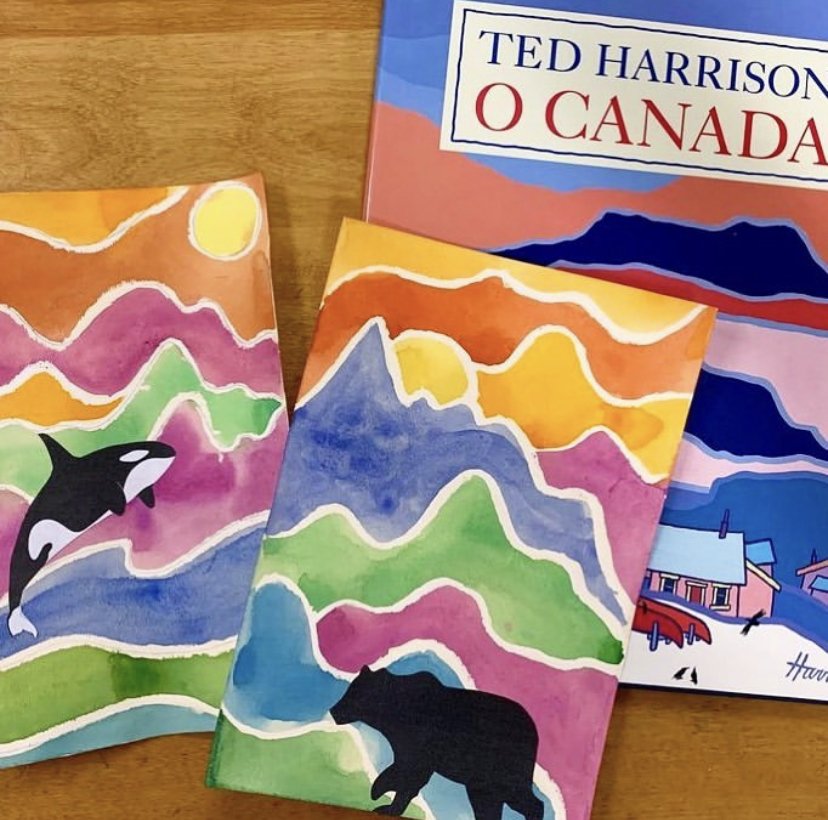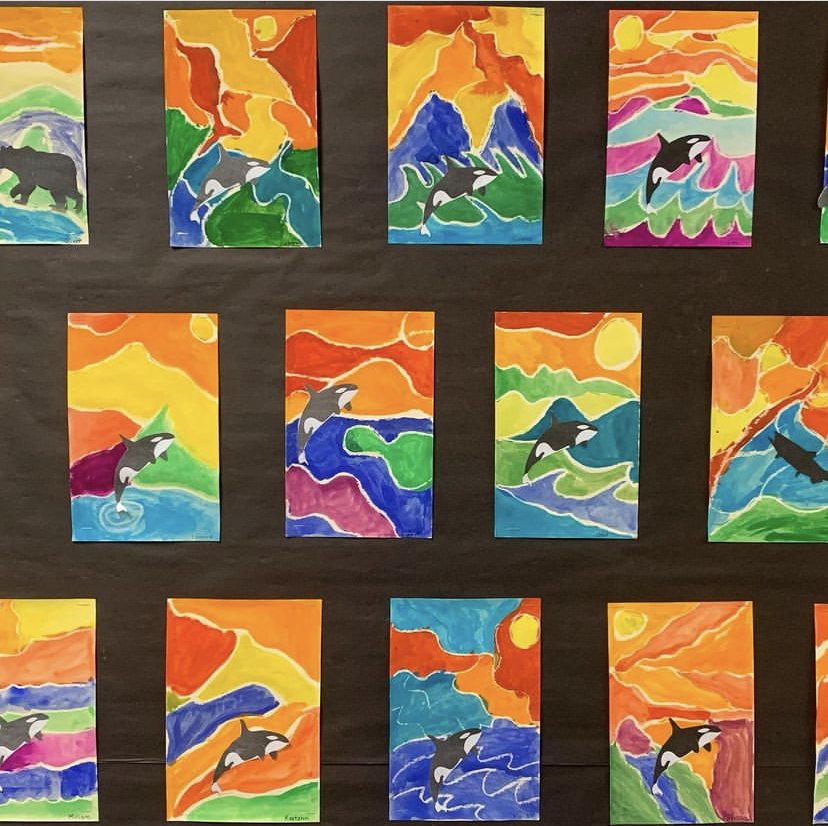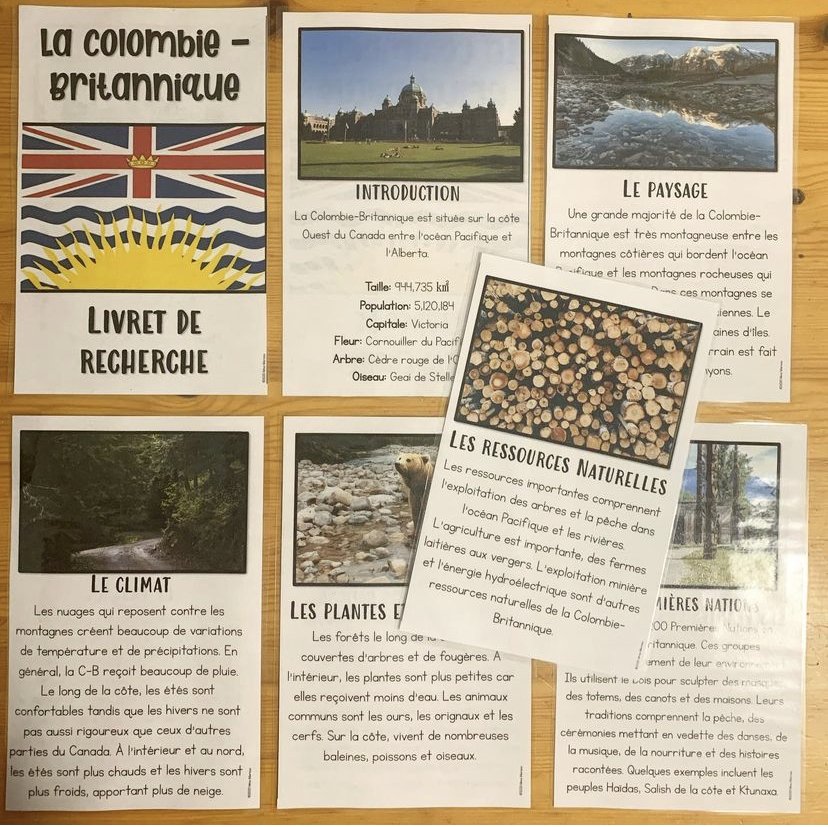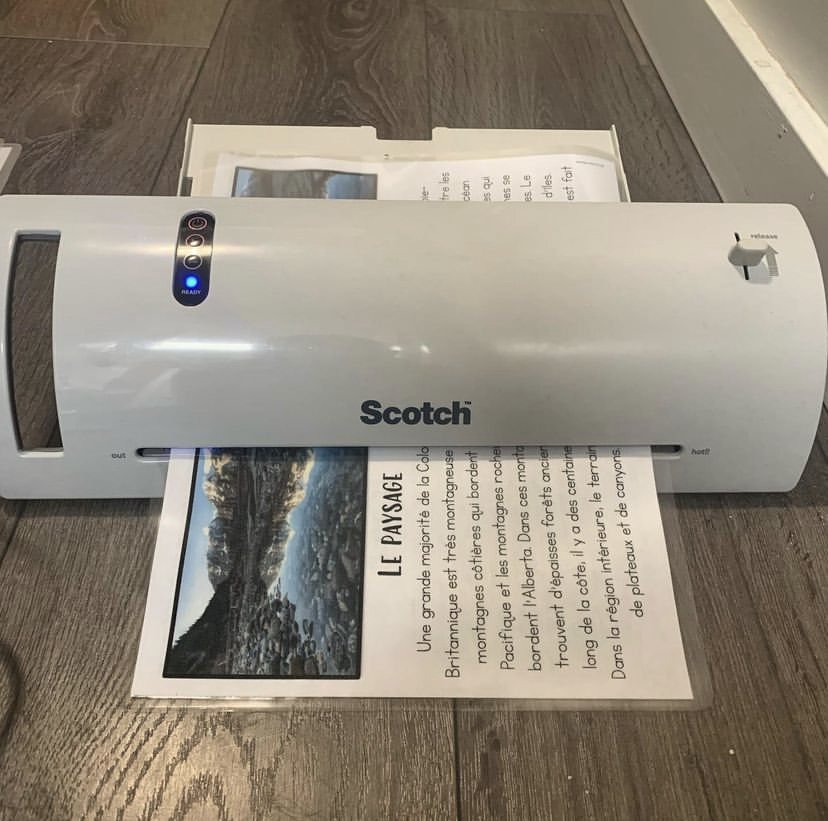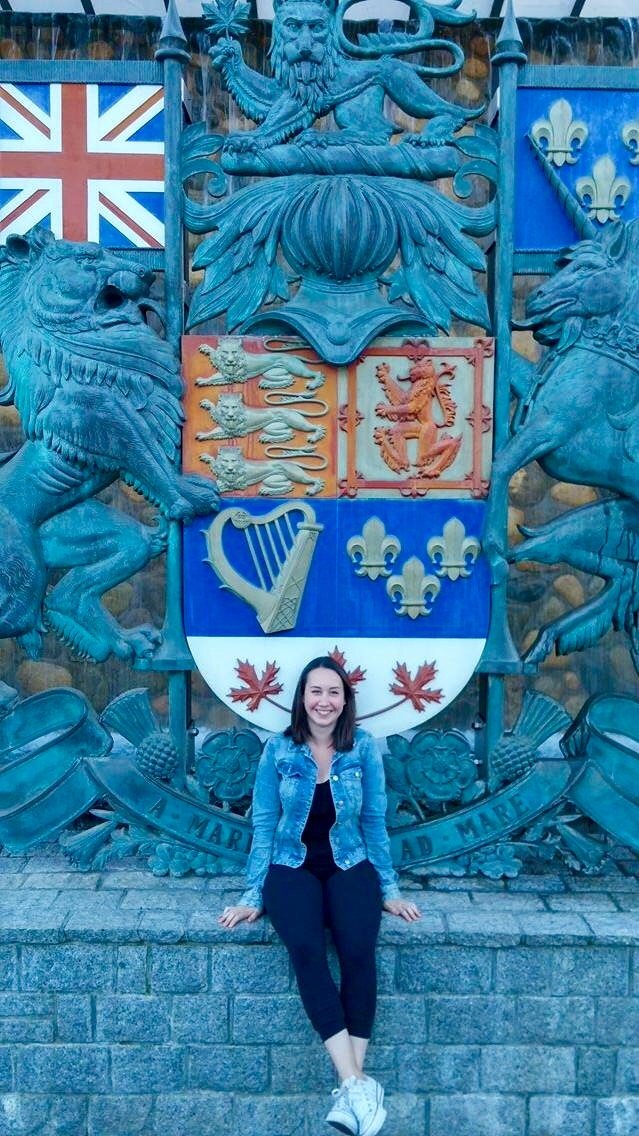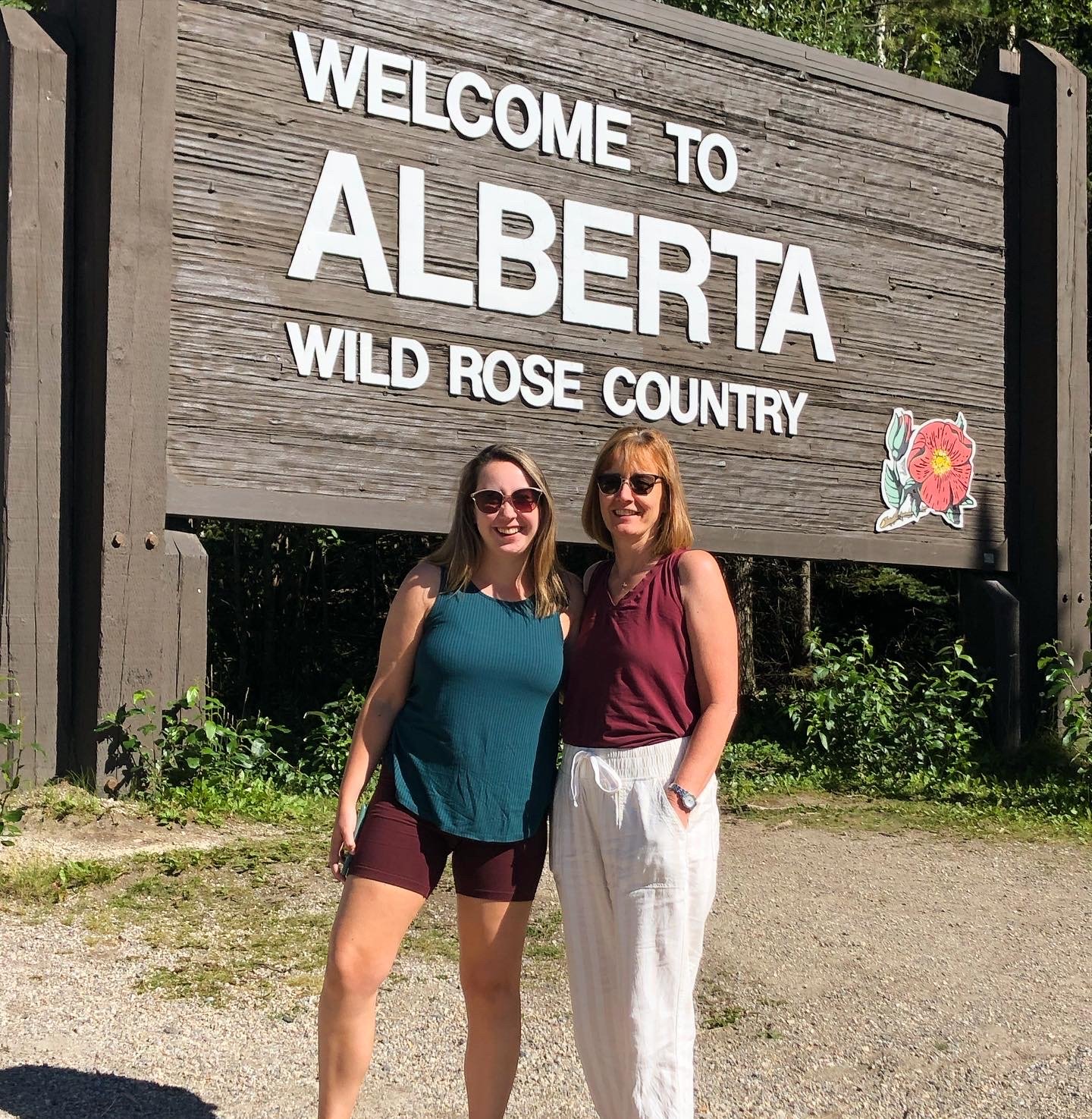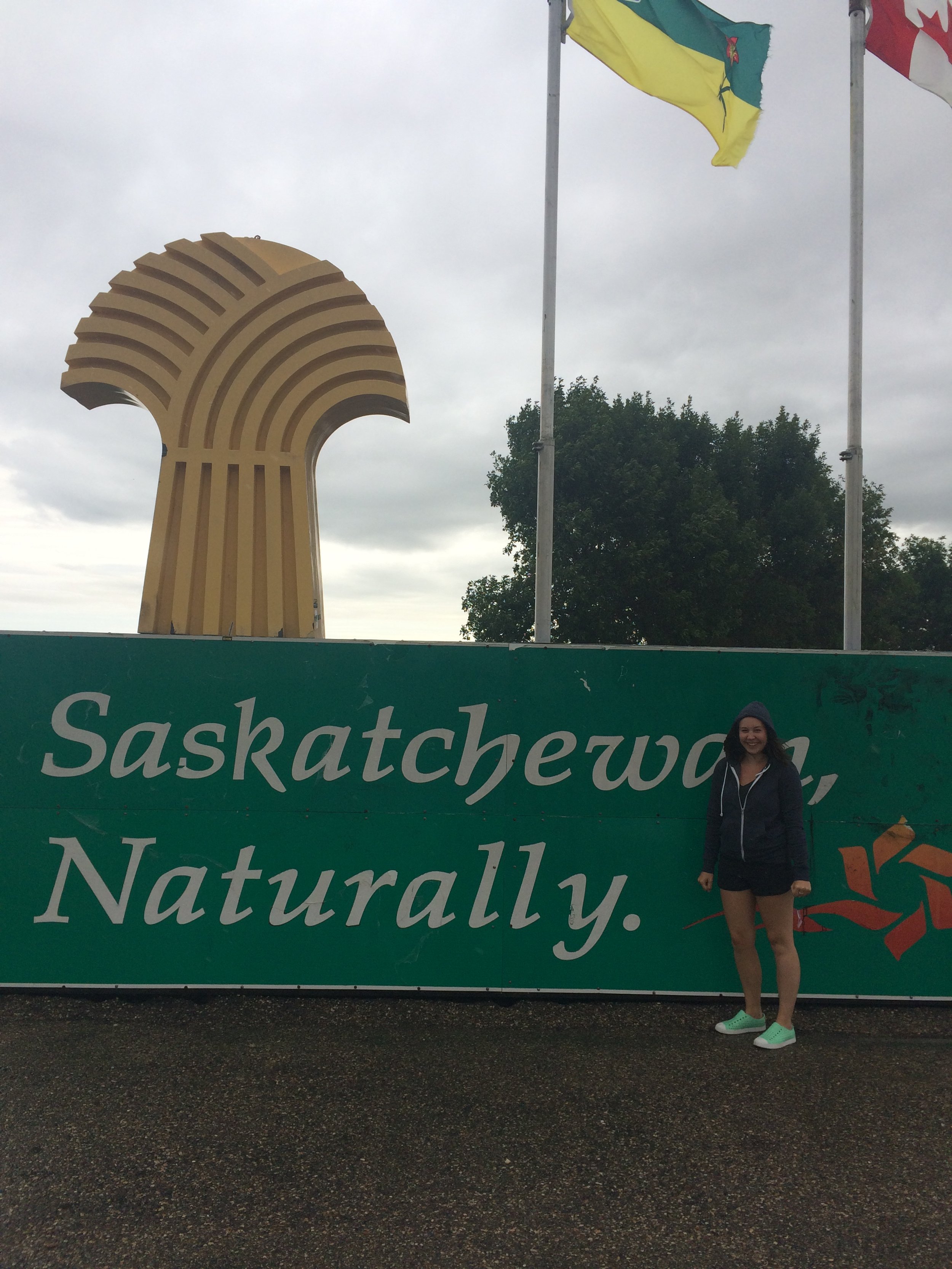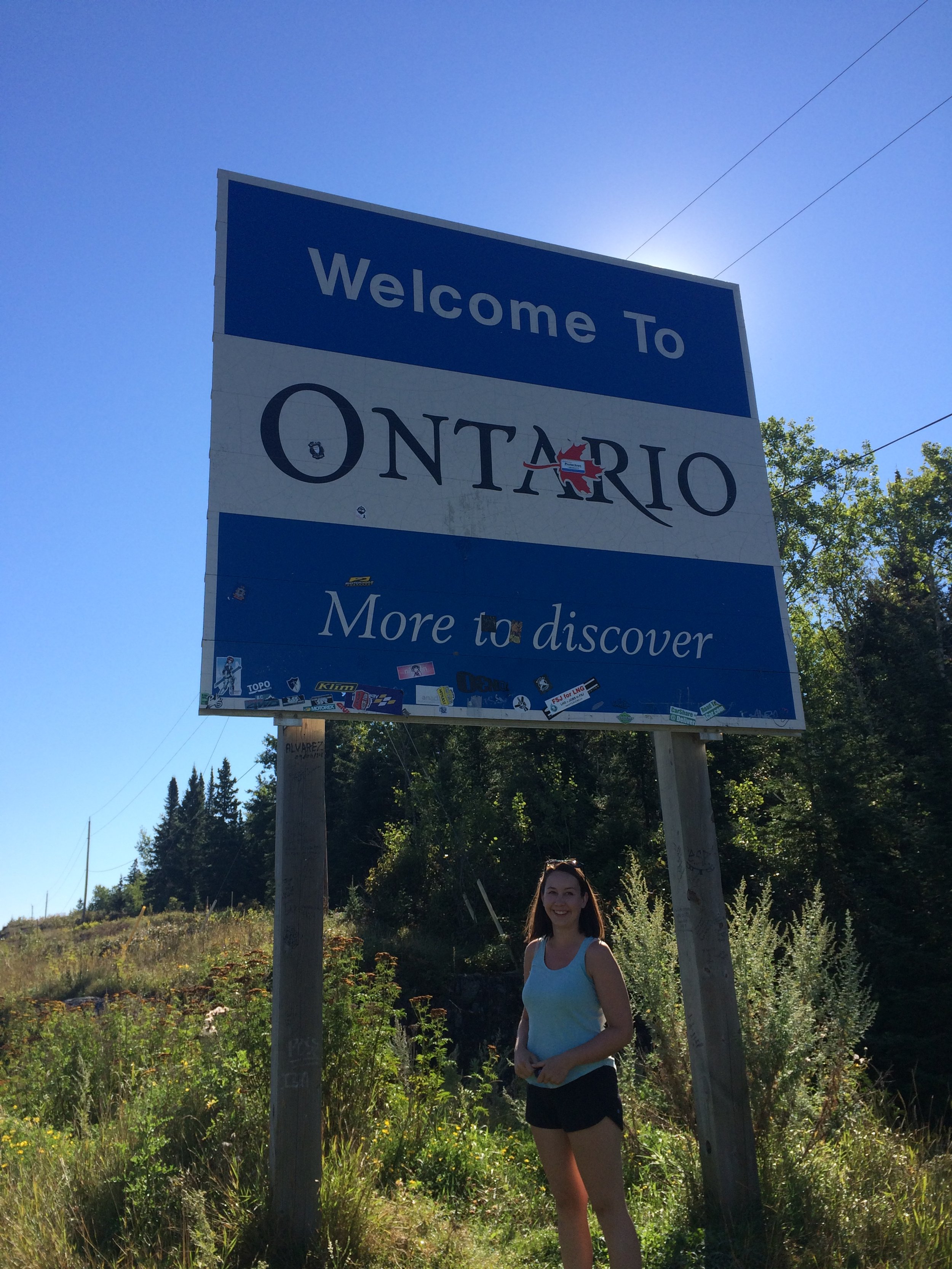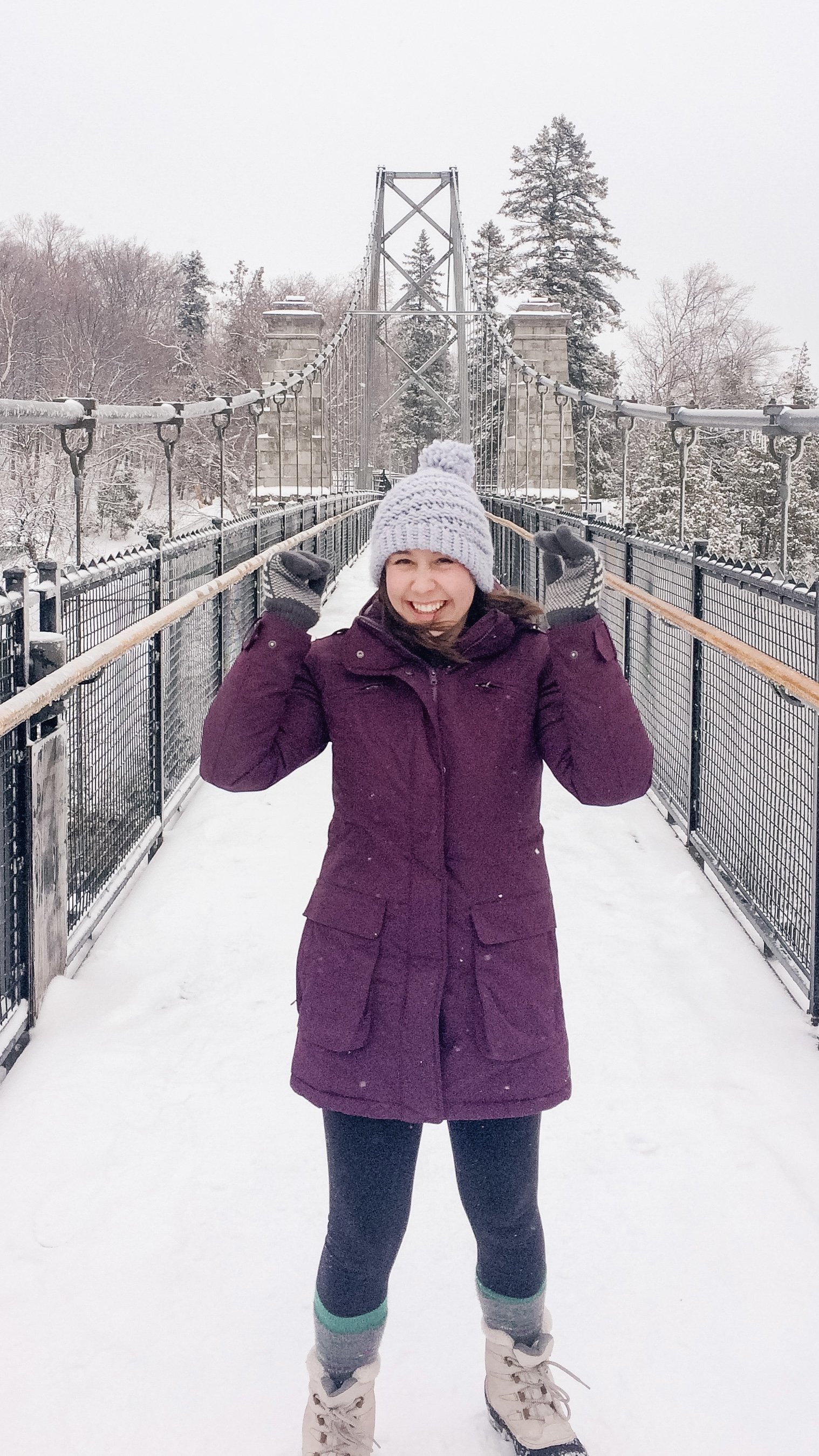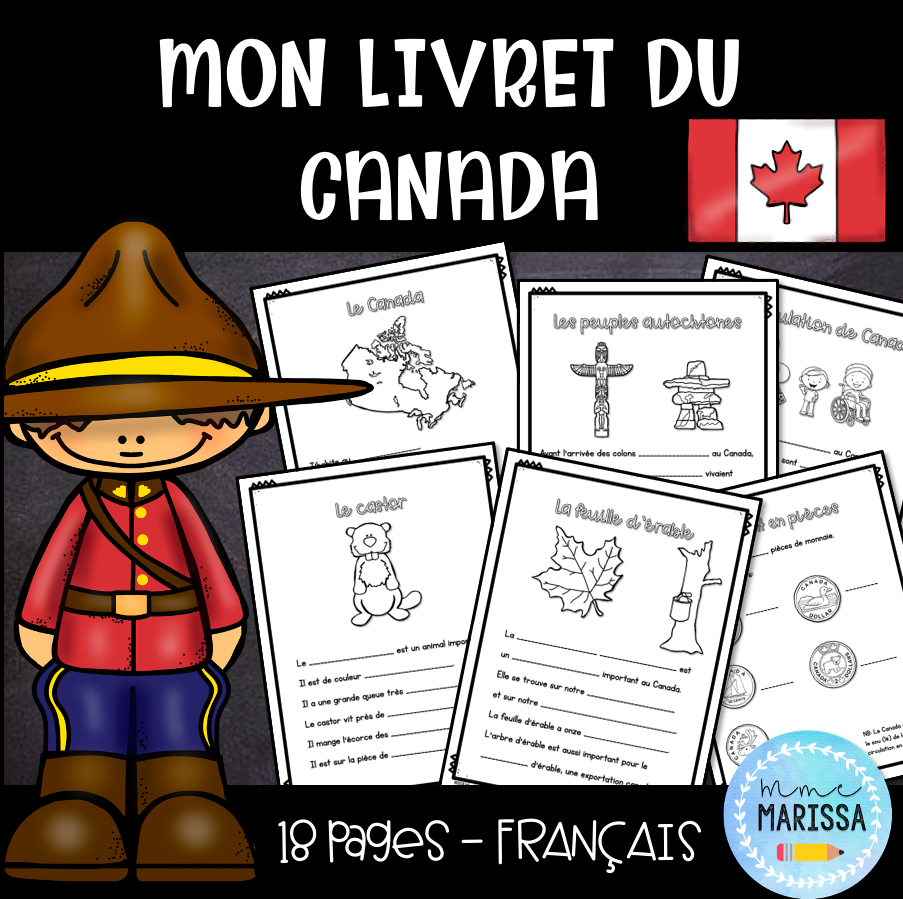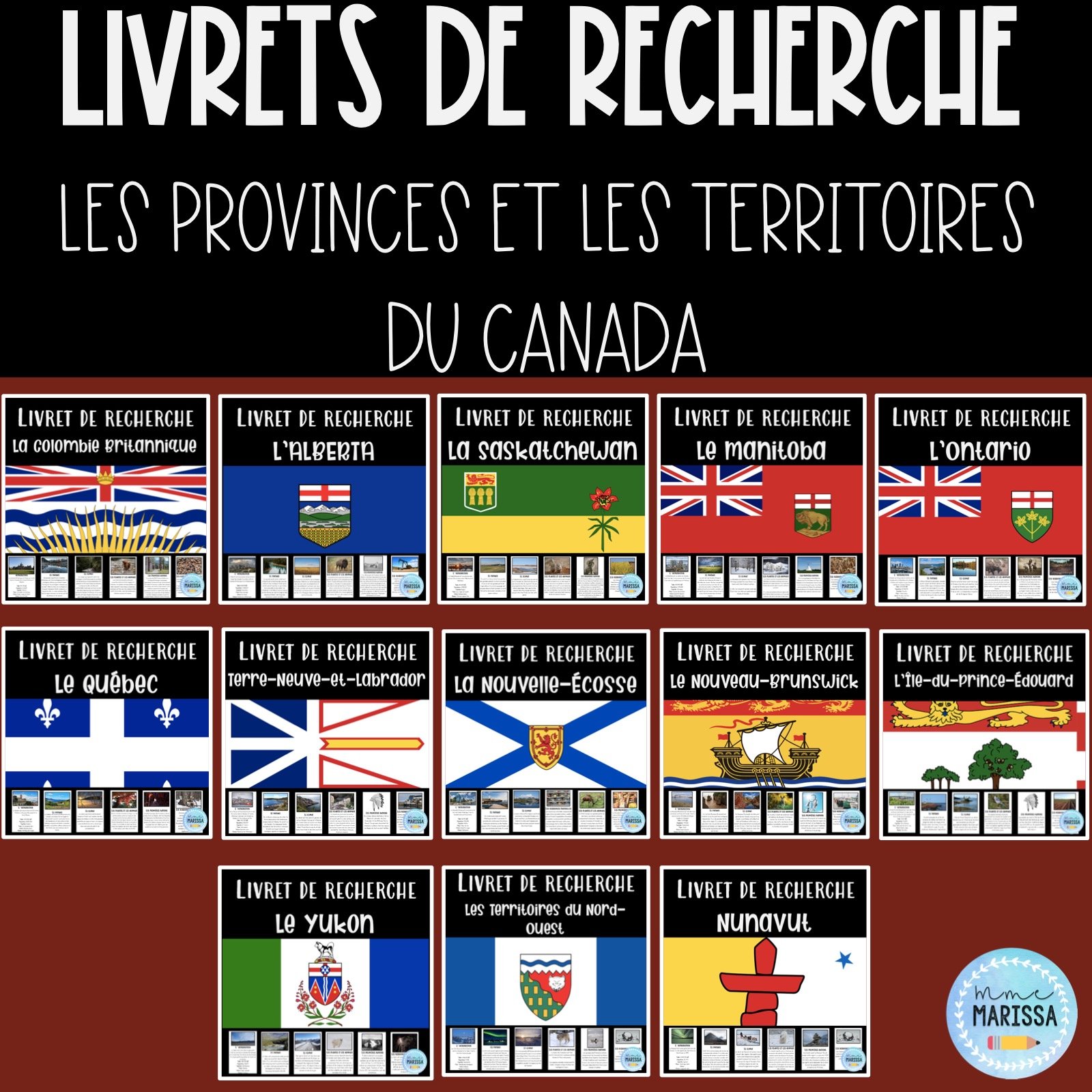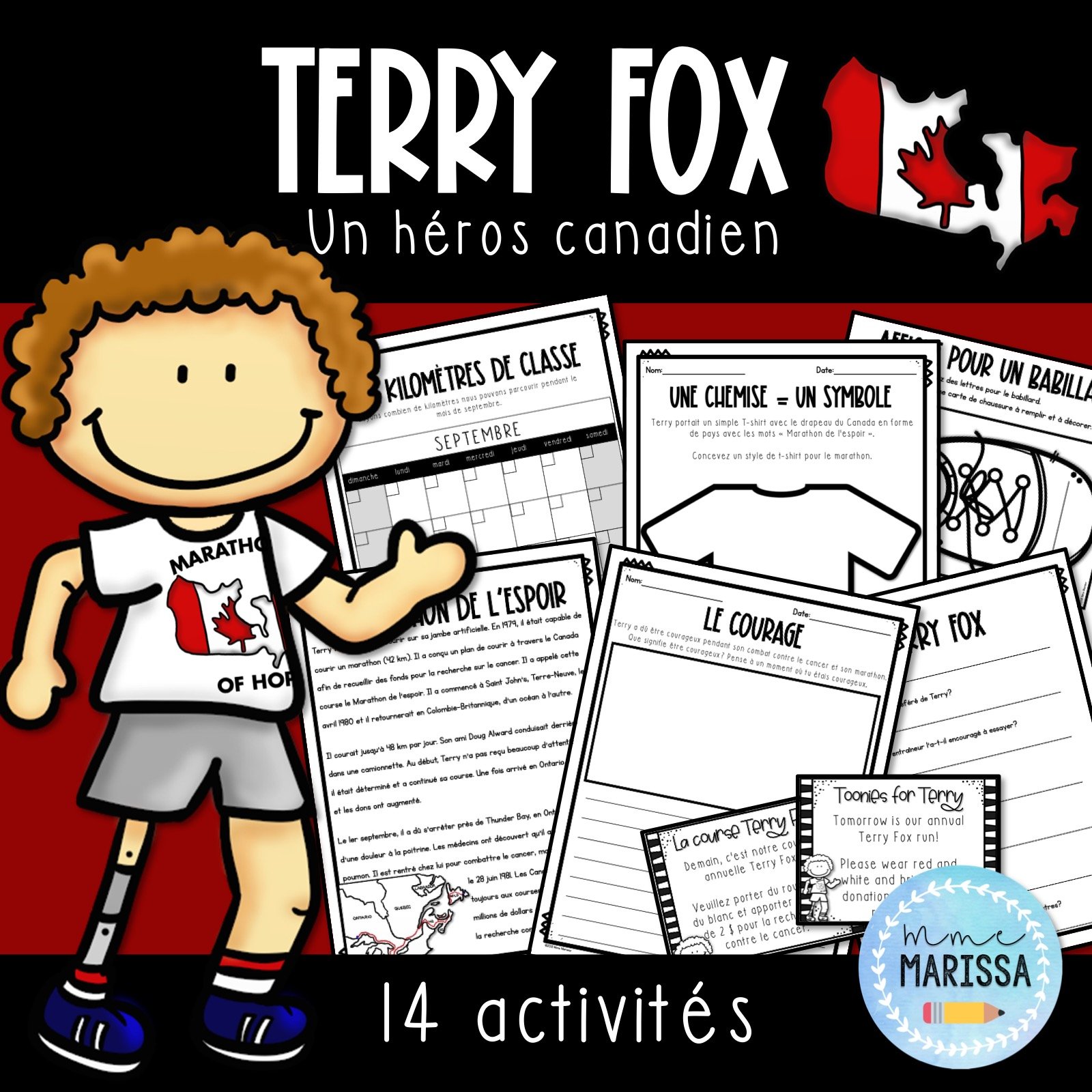How I Teach My Canada Unit
It doesn’t matter which province or territory you’re in, you’ll likely have to teach something related to Canada. Let’s face it, Canada is an amazing country and differs a lot from coast to coast to coast. I’ve had the opportunity to drive across Canada when I went from living in BC to living in Quebec, and then back again. I haven’t seen the territories or the maritimes yet, but hopefully someday!
1. What do we already know? Where have we been?
Let’s gage what they already know about Canada and get an understanding of how “big” their world is. It may be that they’ve never left your area, or maybe they’ve been fortunate enough to travel to another part of the country. Share some experiences. I like to show them some pictures of my trips across Canada and show them a map. It’s really hard for young brains to understand just how ENORMOUS Canada really is. Since we live near Vancouver, BC, we find that on the map first and then I show them where I lived on the Quebec coast. It’s shocking to them that it takes days and days to drive all the way there.
2. Maps
Speaking of maps, see if you can find various types of maps or charts about Canada. Things that show population density, landscapes, temperature etc. These are all features that differentiate provinces and even regions within provinces.
3. Books about Canada
I like to give them the opportunity to check out books about Canada. Both with illustrations and real images of plants, animals, buildings, Indigenous cultures etc. If you have videos this would also be a good time to show them. Another great way to find photos of Canada is from old calendars. Cut off the pictures and you’ve got coloured images to share.
4. Local indigenous connections
At my school we are so lucky have a full time Aboriginal Educator and she is so, so helpful. She works with students with aboriginal ancestry but she is also so happy to come into our classes to help us teach, and is so helpful when we have questions. I know that not everyone has this person on their staff but perhaps you have someone in the district with this role who can provide you with resources, activities and knowledge about your local indigenous groups. I am no expert in this area but I know that your teachings around anything indigenous should be intentional and not tokenistic or performative. Don’t make a totem pole and call it a day. That is not okay, at all. Each group is so different to the next that it’s important that you don’t lump everyone together. Talking about the Indigenous peoples of these lands is also not a one day thing. It should be something that happens throughout the entire year. See if your local groups have education centres or resources for you.
5. Write a land acknowledgement
Land acknowledgements are something that have become customary in many settings. What better way to acknowledge the land that you live and learn on than making a class acknowledgement.
We wrote a class acknowledgement that is personal to us. My students understand it a lot more and are proud of creating something that feels like words they’d say, rather than just a generic script.
Learn how you can make your own class land acknowledgement, step by step!
6. Canada quick facts - booklet
Next, we look at Canada as a whole through this little fill in the blank style booklet. It covers capital cities, population, indigenous culture, money, the flag, plants, animals, national summer and winter sports, and other important Canadian symbols.
7. Ted Harrison Landscapes Art
Now we will focus back on our own province. This is one of my favourite art projects of the entire year because it’s so vibrant and they all come out so unique. I have this beautiful Ted Harrison book that features artwork depicting various landscapes from around our country. Check out the “how-to” blog post HERE.
8. Province or territory project
I’ve always done this as a group project as my students have needed support so we all do the same province, ours. If you have older or stronger students, you could offer them choice in which province or territory they want to take a deeper dive into.
I created these informational texts for each province and territory. They cover landscape, climate, plants and animals, indigenous groups and natural resources. Below is an example of the small mini-readers. I also have them available in a larger book format that could also be projected.
This is a great opportunity to learn about research and finding important information in a text.
Here’s how I structure my project:
Read each section together, noting key words
Take notes about the important information
Once all sections have been read, we use the notes to write sentences for each topic
Now we do a good copy with our neatest printing on our project template. Below is the guide book style that has room for them to draw pictures in each section. I also have a brochure style as an alternative.
BONUS - O Canada
We sing the national anthem many times during our lives, most notably during assemblies or events, at sports games and even during the Olympics. Why not spend a bit of time understanding what the words mean, especially in French!
BONUS - Learn about famous Canadians
There are so many famous Canadians that you can focus your learning on. Choose one that represents your area, or someone your students are interested in learning about. Choose an important indigenous leader, scientist, artist, musician…the possibilities are endless!
One Canadian that we all know is Terry Fox. He grew up in BC and in the town next to mine there are a ton of things named after him; a school, a theatre, a park...
I have also been to his monument in Thunder Bay, Ontario a couple of times. This photo was from my second time there back in 2016.
I don’t have pictures with the BC sign (shockingly!) or the Quebec sign (it was in the middle of a freeway where we couldn’t pull over) but I do have photos from all provinces between BC and Quebec.
Canada is a beautiful country and there’s so much to learn about. Of course, we know that Canada isn’t all pretty landscapes, it has a past too and it’s important to share that history with them at an age appropriate level.
Resources to help you teach about Canada


